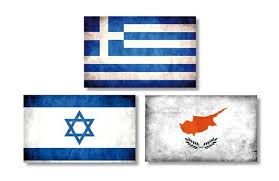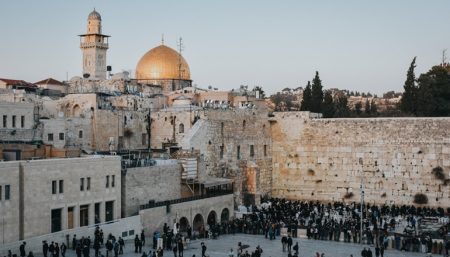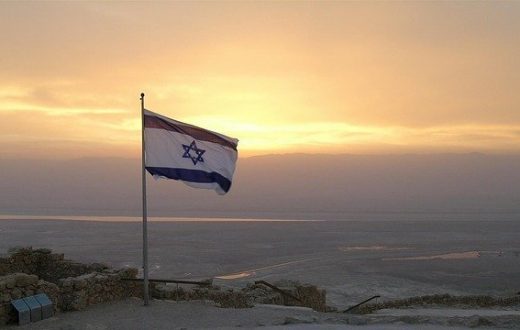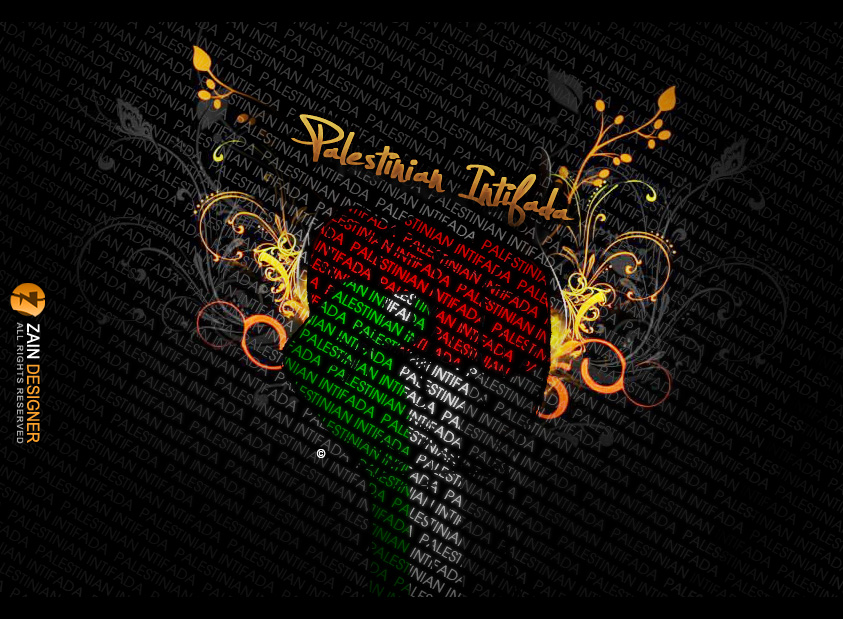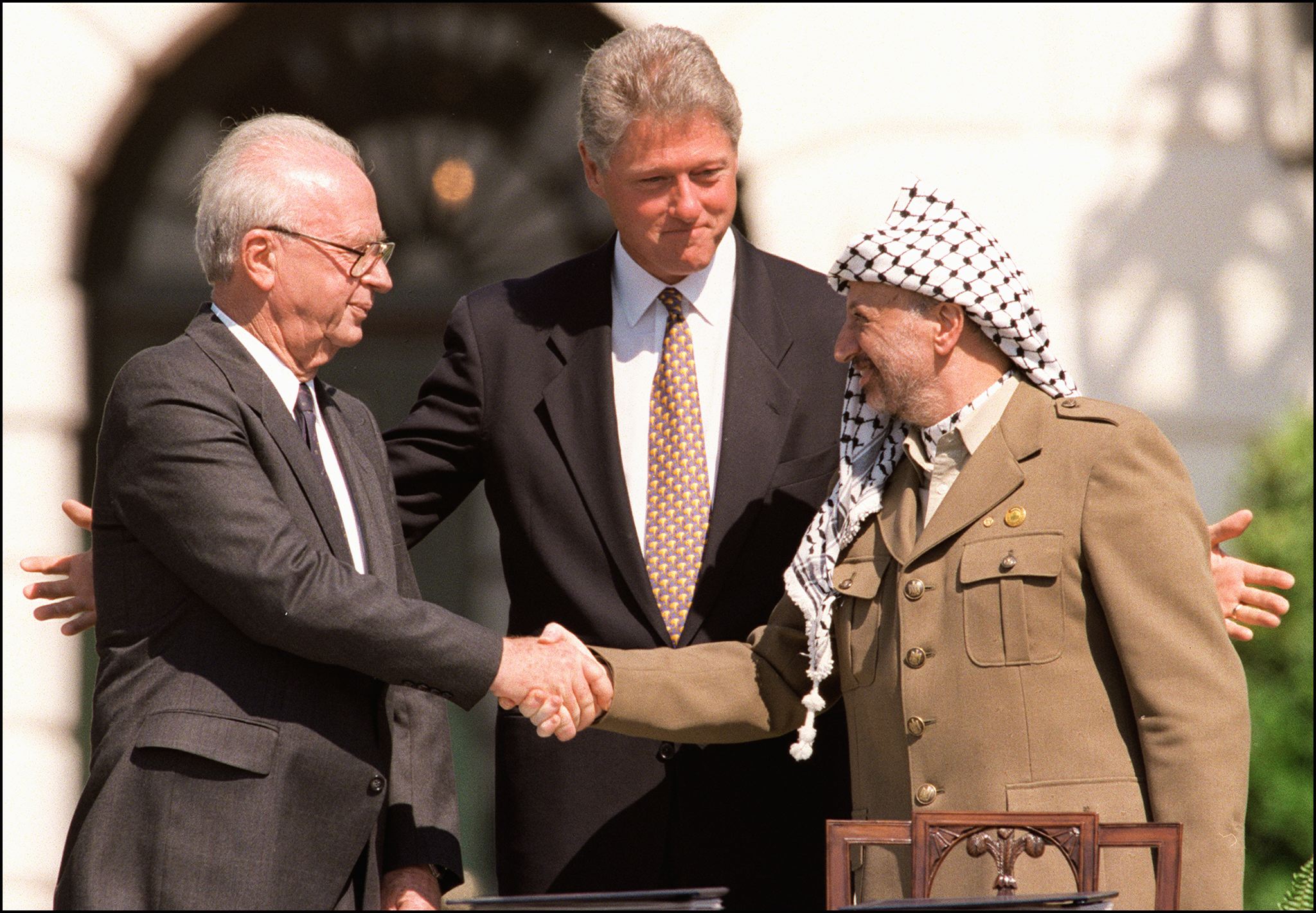The Israel Defense Forces recently completed a large military exercise on the island of Cyprus, and a smaller training exercise in Crete was held several months earlier. Although the commanders of the exercise did not refer to this specifically, the topographic outline of Cyprus is clearly similar to that of the Lebanese mountains, and in general, training in unfamiliar territory, and particularly when it resembles areas beyond the border where the troops may well have to operate, is highly important. The exercise presumably created tension with Turkey; in addition, the government heads of Israel, Cyprus, and Greece met earlier this month in Greece, in yet another trilateral meeting since the leaders of the three countries met in Nicosia a year ago to establish a new geopolitical bloc in the Eastern Mediterranean, partly as a counterweight to Turkey.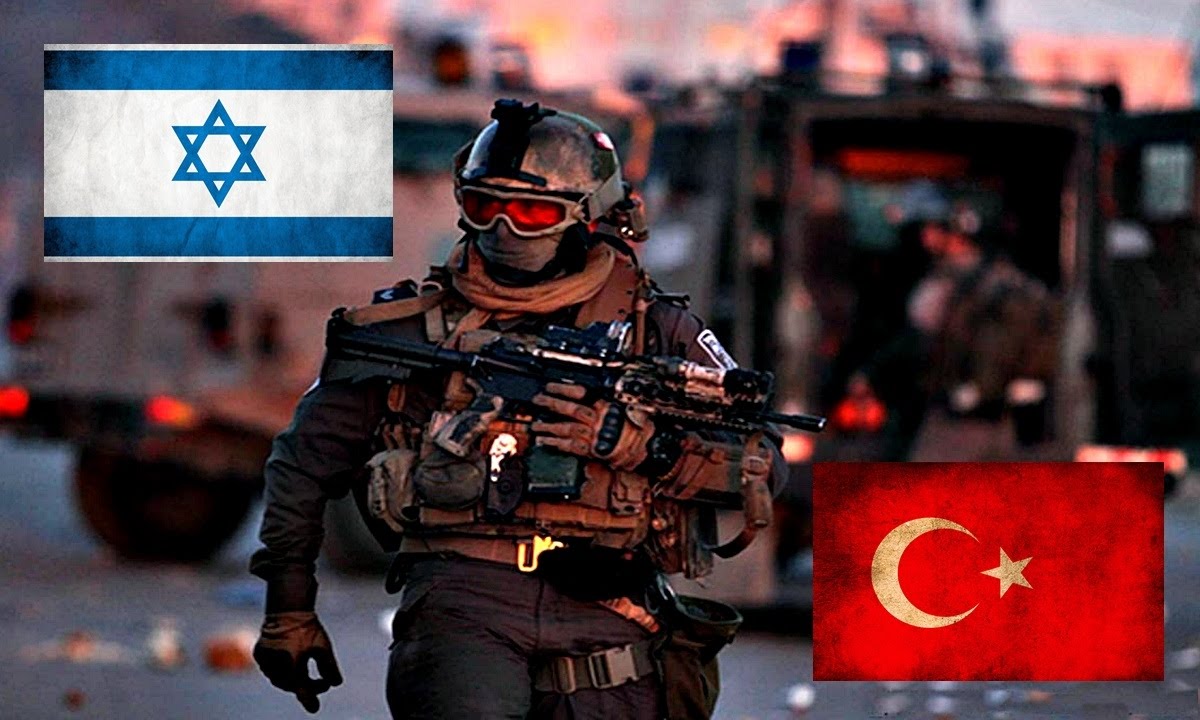
The Israel Defense Forces recently completed a military exercise on the island of Cyprus. The exercise involved some 500 soldiers from the Commando Brigade, including the Egoz Unit (which specializes in operating on rough terrain, fieldcraft, camouflage, and counter-guerrilla warfare); teams of dog handling soldiers; combat engineering soldiers; and another 200 air force personnel. Reports indicated that the exercise included flying the forces from Israel’s Nevatim Air Base in C-130J Super Hercules aircraft, joining up with Black Hawk helicopters in Cyprus, and from there flying to an ongoing exercise in the Trodos Mountains. The soldiers practiced incursions, land and urban warfare, taking control of areas from which rockets are fired, and tunnel warfare. The reports also stated that IDF forces were joined in the exercise by 100 fighters from the special forces of the Cypriot National Guard.
For several years the IDF has carried out joint exercises with foreign armies in friendly countries, such as the Red Flag aerial training that takes place in the United States. Most of the participants and equipment used in these exercises are from the air and marine branches. In addition, the Israeli Air Force holds a series of joint training exercises with the Greek Air Force, which enable it to practice long range missions and capabilities when facing a system of Russian-made S-300 anti-aircraft missiles, such as possessed by the Syrian and Iranian armies.
Ground forces were first involved in this activity about 6 months ago, when the Maglan Unit, also part of the Commando Brigade, carried out a smaller training exercise on the Greek island of Crete. Press reports of the training in Cyprus provide a glimpse of the development of IDF training methods and the advantages of training in neighboring countries, in both military terms and strengthened regional ties.
One IDF commander told the press that the advantage of training on foreign territory was its unfamiliarity to all the solders and commanders. The commander of the Egoz elite unit said, “We landed deep in enemy territory and received our mission on the plane on the way to the destination. We had a range of enemy scenarios and 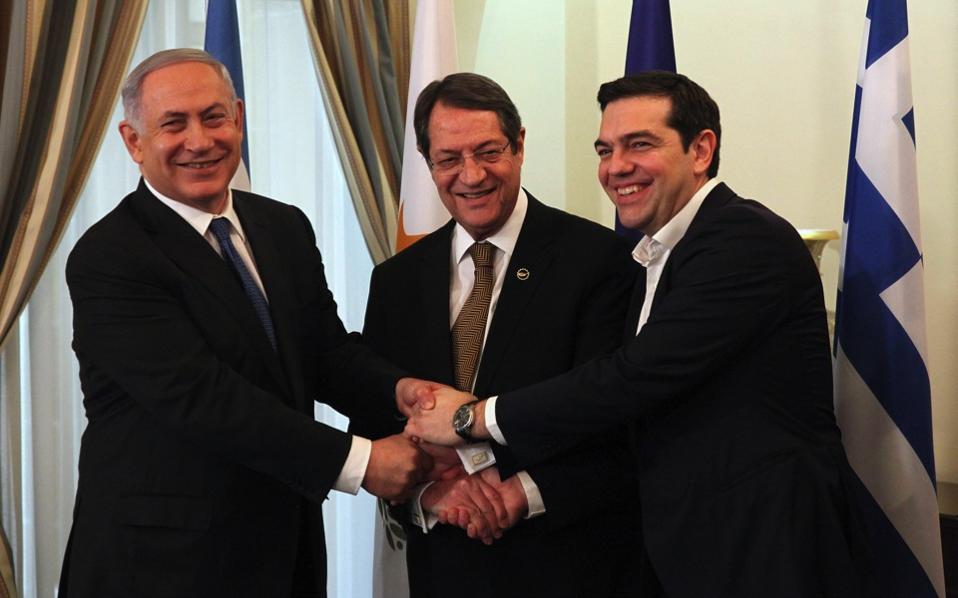 many different type of terrain for fighting.” The Cypriot Air Force even deployed anti-aircraft systems to simulate a real threat to the IAF helicopters.
many different type of terrain for fighting.” The Cypriot Air Force even deployed anti-aircraft systems to simulate a real threat to the IAF helicopters.
Although the commanders of the exercise did not refer to this specifically, the topographic outline of Cyprus is clearly similar to that of the Lebanese mountains. Training in unfamiliar territory, and particularly when it resembles areas beyond the border where the troops may well have to operate, is highly important. The training areas within Israel are very limited, which makes it very difficult to create an environment that meets the IDF needs for training ground fighting against Hezbollah in the north and Hamas and jihad organizations in the south. Landing by helicopter, maneuvering, navigating, and fighting in unfamiliar territory far from home create a significant challenge for the commanders and the troops, and an opportunity to develop campaign knowledge and fighting capabilities.
The decision to strengthen the commando element of the army reflects a further understanding. MK Ofer Shelah, a former Paratroopers company commander, describes the importance of incursions as a means of dealing with the current IDF threat references in his book, Dare to Win. In his view, “Building the IDF as an attacking, initiating force in the 1950s and the pattern of the IDF’s actions led over the years to the concept of the incursion. Contrary to automatic connotations, an incursion is not just a nighttime raid by a small force that returns home at dawn. Rather, it is the whole concept of operating the force in mobile actions of various sizes, in order to undermine the enemy and create a surprise, a sense of being chased and vulnerable, after which they go back over the border.”
Although there were no public statements to this effect, the exercise presumably created tension with Turkey, which chose to hold a training exercise for the Turkish Navy south of Paphos. In spite of the reconciliation agreement between Israel and Turkey signed in 2016, and the return of ambassadors to Ankara and Tel Aviv, Turkey continues to maintain close ties with Hamas. Turkey houses a headquarters of the Hamas military wing, which in 2014 was the element that instructed Hamas activists to kidnap and murder three teenagers in Gush Etzion, which ultimately led to the war in the Gaza Strip (Operation Protective Edge). Although the reconciliation agreement requires Turkey to prevent any terrorist or military activity against Israel from its territory, including fundraising, Ankara has failed to comply fully with this clause. The senior figure in the military wing, Saleh al-Arouri, has left the country, but military activists continue to operate against Israel from Turkish territory. The Erdogan government has ignored Israeli protests about this.
Israel’s cooperation with Cyprus is not limited to military activities. The countries have signed an agreement to provide assistance in emergencies. Indeed, Cyprus was the first to send firefighting planes to Israel during the Carmel fire disaster in 2010. In 2016, when a giant fire broke out in the town of Paphos, Israel in turn sent an aid delegation, including three firefighting planes and an IDF transport plane. The Israel Navy has also held a number of joint exercises with the Cypriot Navy. Ties between Israel and Greece grew stronger following the deterioration of relations with Turkey, and the process accelerated after the Marmara incident in 2010, which was perceived by the Greeks and the Cypriots as an expression of Turkish assertiveness. As a result, in 2011 the Greek government stopped about a dozen ships from leaving Greek ports for another protest flotilla to the Gaza Strip.
In 2016 there was a summit meeting in Nicosia between the leaders of Greece, Israel, and Cyprus with the aim of creating a new geopolitical bloc in the Eastern Mediterranean, partly also as a counterweight to Turkey. The third trilateral meeting between the government heads took place earlier this month in Greece. At the last meeting in Saloniki, Prime Minister Benjamin Netanyahu stated that if the countries succeeded in implementing the idea of the East-Med pipeline (an ambitious idea to build a gas pipeline with a length of 2,000 km reaching Italy and passing through Cyprus and Greece), it would be a “revolution.”
The disclosure of the joint activity to the media likely lies in the desire by Israel – as well as Cyprus, and Greece – to send messages to countries and non-state organizations in the region at this time. The first message concerns the drive to exploit the potential of the gas reserves in the Mediterranean, which is a top priority for all the countries involved and is a source of tension between Greece and Cyprus on one hand, and Turkey on the other. In addition, the close ties between Turkey and Qatar and Hamas, the tension due to the electricity crisis in the Gaza Strip, and the belligerent rhetoric from Hezbollah leader Hassan Nasrallah in recent months may all have prompted Israel to publicize the exercise. This exercise joins a series of sudden exercises conducted by Israel recently in both the north and the south, including with the Galilee Division and with reserves formations, designed to strengthen the forces’ readiness for unexpected escalation.
From the military aspect, the exercise highlights the importance of more intensive training in unfamiliar territory, including for additional ground units, and even for integrated fighting involving infantry, armored corps, artillery, and engineering units. There is a process in the IDF for operational thinking and building the force with the aim of returning maneuvers on the ground to the center of attention as an important tool for reaching a decisive victory in the next round of hostilities. The special operations and training of the Commando Brigade could support the main effort in the campaign, but could not replace it. Therefore it is extremely important to extend and upgrade training for the IDF’s main ground troops and develop models for joint training exercises for these forces overseas, in spite of their high cost relative to the cost of training in Israel. It is these forces that bear the main burden of the effort to maneuver, whose purpose is to strike the enemy, capture territory, limit fire from captured territories into Israeli rear territory, seize and destroy military infrastructures, and undermine the survival of the enemy government.

